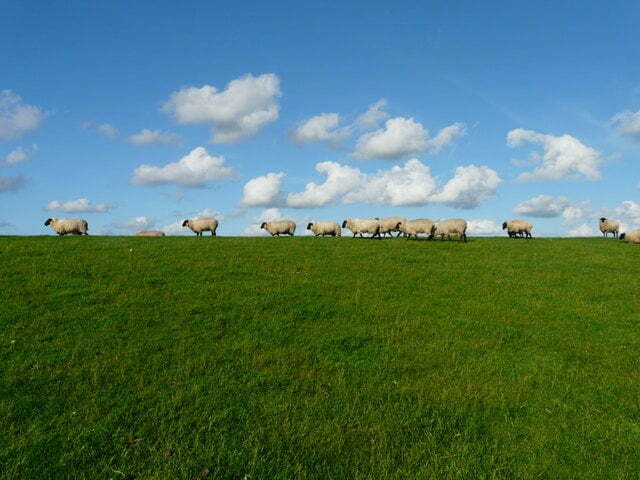Clarity,
Office 17622,
PO Box 6945,
London.
W1A 6US
United Kingdom
Phone/ Voicemail:
+44 (0)20 3287 3053 (UK)
+1 (561) 459-4758 (US).






The complements are the same as what's labelled "opposite" in Resonance Journal. Which is confusing...but to your next point about these vs. the shadows, I think the complements have a flavor of "complementarity" in addition to a form of just "not."I've not yet had time to properly understand the post, I will have to figure out each complement for myself, don't think there's a chart anywhere.
It's too bad aha! moments can't be summoned on command (lol), because those are important, I think. Once one or two happen it does wonders for trust in these things. It doesn't suddenly make them all clear (lolol) but it makes it easier to at least believe they could be.In practice, you just have to try using these things in readings so you have something to relate them to, and then it starts to make sense.
Looking at the complements in the Sequence, I do get a strong sense of hexagrams looking/ reaching forward or back to find their other half, as it were. The feeling of the great distance to travel from 3 to 50, the huge stretch involved, seems to be part of the hexagram's meaning.
gui3 3634 38.6 55.T souls, ghosts, demons
shen2 5716 113+5 20.T (and) spirits, divine forces (both)
Ghosts (and) spirits (both) haunt the superfluous
 Is this another Shuogua-type inscrutable thing? (Thank you to Harmen and his videos for helping to explain the Shuogua inscrutableness...)
Is this another Shuogua-type inscrutable thing? (Thank you to Harmen and his videos for helping to explain the Shuogua inscrutableness...)You mean, 'great people' would really be spirits and 'small people' would really be ghosts? You could have fun with that, but I don't think it's what it actually means. I think they're roles played/ positions held/ choices made by ordinary flesh-and-blood humans such as the one asking the question.What Karcher says about "great" and "small" would also apply to 28 and 62, surely, and I wonder if it also applies when "great people" and "small people" are mentioned...
Yes, that seems to be the idea. I... er… don't know how true it is. I've never seen anything hinting at this elsewhere - neither that the lines were ever called 'great' and 'small' instead of 'yang' and 'yin' (or 'hard' and 'soft', before yang/yin), nor that 'great' and 'small' ever meant spirits and ghosts. Which doesn't mean these things aren't the case, of course......which isn't going to be solved by glancing at Bradford's book 2 for a mere 5 minutes, as he uses da4 ren2 for "great person" in both 1.2 and 1.5 - "da4", not "shen" - although I'm off on the wrong track, aren't I. Karcher isn't saying "shen" means "great"; he's saying it means "bright spirits." And somehow, in a way I don't think - ? - he explains in that comment, he's saying "shen" (bright spirits) became associated with "yang" and "great," and similarly for "gui."
No, just a completely different and afaik unrelated Chinese character that's pronounced the same way. The 'gui' that means 'ghosts' is in 38.6 (loaded into the cart).Except that then in 29.4, "gui3" apparently also means "(a) (simple bamboo) basket, tureen of rice."Is this another Shuogua-type inscrutable thing? (Thank you to Harmen and his videos for helping to explain the Shuogua inscrutableness...)
Clarity,
Office 17622,
PO Box 6945,
London.
W1A 6US
United Kingdom
Phone/ Voicemail:
+44 (0)20 3287 3053 (UK)
+1 (561) 459-4758 (US).